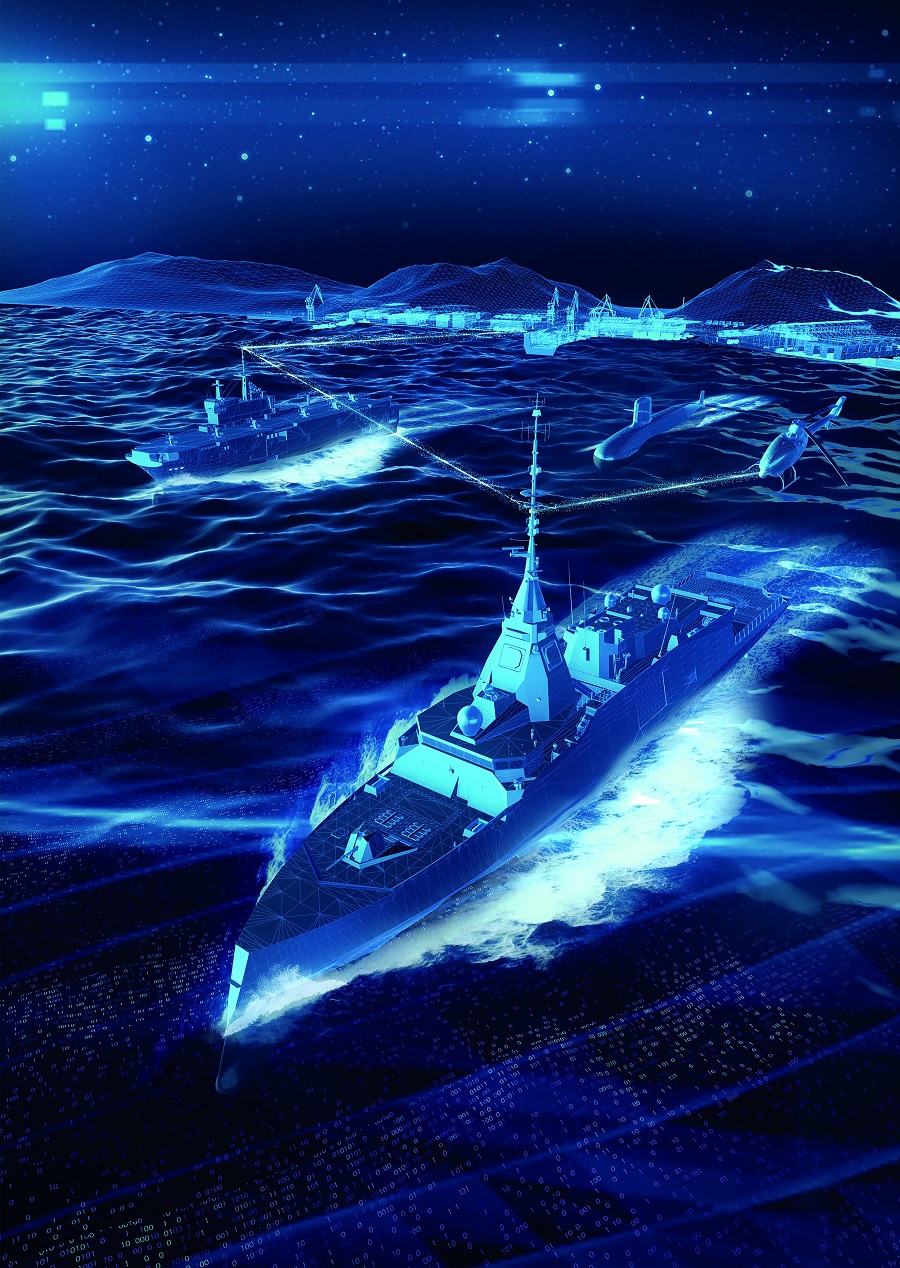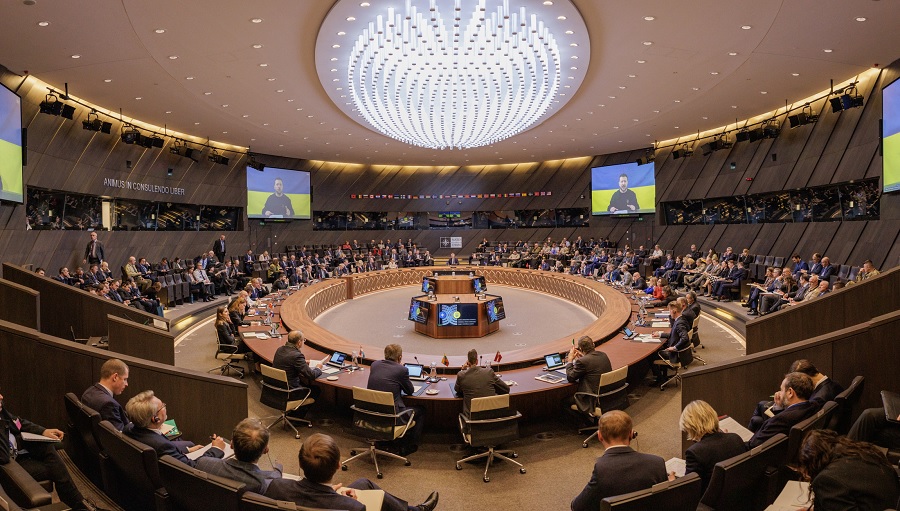Maritime security is vital to the European Union and its Member States. Together, the EU’s Member States form the largest combined exclusive economic zone in the world. The EU economy depends greatly on a safe and secure ocean. Over 80% of global trade is seaborne and about two-thirds of the world’s oil and gas is either extracted at sea or transported by sea. Up to 99% of global data flows are transmitted through undersea cables. The global maritime domain must be secure to unlock the full potential of the oceans and the sustainable blue economy. The EU intends to reinforce the wide range of tools it has at its disposal to promote maritime security, both civilian and military.
Adapting to new threats
Security threats and challenges have multiplied since the adoption of the EU Maritime Security Strategy in 2014, requiring new and enhanced action. Long-standing illicit activities, such as piracy, armed robbery at sea, smuggling of migrants and trafficking of human beings, arms and narcotics, as well as terrorism remain critical challenges. But new and evolving threats must also be dealt with increasing geopolitical competition, climate change and degradation of the marine environment and hybrid and cyber-attacks.
This is an opportunity to drive forward sustainable solutions to the multiple maritime security issues the EU and the international community face. It is also an opportunity to enhance the EU’s role and credibility in the international arena. Recent geopolitical developments, such as Russia’s military aggression against Ukraine, are a forceful reminder that the EU needs to enhance its security and step up its capacity to act not only on its own territory and its own waters, but also in its neighbourhood and beyond.

An updated European Maritime Security Strategy (EUMSS)
The updated EUMSS is a framework for the EU to take action to protect its interests at sea, and to protect its citizens, values and economy.
The updated Maritime Security Strategy promotes international peace and security, as well as respect for international rules and principles, while ensuring the sustainability of the oceans and the protection of biodiversity. The Strategy will be implemented by the EU and its Member States, in line with their respective competences.
The Joint Communication and associated Action Plan specify several integrated actions that will deliver on the EU’s interests. To do so, the EU will step up its action under six strategic objectives:
- Step up activities at sea. Actions include organising naval exercises at EU level, developing further coastguard operations in European sea basins, designating new maritime areas of interests for the implementation of the Coordinated Maritime Presences concept (a tool to enhance coordination of Member States’ naval and air assets present in specific maritime areas) and reinforcing security inspections in EU ports.
- Cooperate with partners. Actions include deepening EU-NATO cooperation and stepping up cooperation with all relevant international partners to uphold the rules-based order at sea, notably the UN Convention on the Law of the Sea.
- Lead on maritime domain awareness. Actions include reinforcing coastal and offshore patrol vessel surveillance and strengthening the Common information sharing environment (CISE). This is to make sure the national and EU authorities involved can exchange information in a secure way.
- Manage risks and threats. Actions include conducting regular live maritime exercises involving civilian and military actors, monitoring and protecting critical maritime infrastructure and ships (including passenger ships) from physical and cyber threats, and tackling unexploded ordnance and mines at sea.
- Boost capabilities. Actions include developing common requirements for defence technologies in the maritime domain, stepping up work on projects such as the European Patrol Corvette (new class of warship), and improving our anti-submarine capabilities.
- Educate and train by boosting hybrid and cyber security qualifications notably on the civilian side and conducting training programmes open to non-EU partners.
The updated Strategy and its action plan will contribute to the implementation the EU Strategic Compass for Security and Defence.
Next steps
The Commission and the High Representative invite the Member States to endorse the Strategy and to implement it for their part. The Commission and the High Representative will issue a progress report within three years after the endorsement of the updated Strategy by the Council of the European Union.
Background
The EU Maritime Security Strategy and its Action Plan are in place since 2014. The Action Plan was last updated in 2018. The proposed update follows up on the Council Conclusions on maritime security of June 2021, which called on the Commission and the High Representative to assess the need for such update.
Since 2014, the EUMSS and its Action Plan have provided a comprehensive framework to deter and respond to security challenges at sea. They have stimulated closer cooperation between civilian and military authorities, in particular through information exchange. The EUMSS has helped promote rules-based governance at sea and to develop international cooperation in the maritime domain. It has strengthened the EU’s autonomy and capacity to respond to maritime security threats and challenges. The EU has become a recognised actor in maritime security, conducting its own naval operations, enhancing maritime domain awareness and cooperating with a wide range of external partners.
Questions and Answers on the EU Maritime Security Strategy
Read more:
Joint Communication on an enhanced EU Maritime Security Strategy
Action Plan ‘An enhanced EU Maritime Security Strategy for evolving maritime threats’


























